Roadi RDT40 Diagnostic Trouble Code Reader for Universal Brands of OBD2 Vehicles
Roadi Diagnostic Trouble Code Reader is an easy-to-use tool for novice and light-to-moderate do-it-yourselfer customers. This is a very easy to use, highly reliable and accurate diagnostic tool. Having a clear LCD display and conveniently fits in the palm of your hand it makes the RDT40 easy to use as well as portable. This unit
Roadi Diagnostic Trouble Code Reader is an easy-to-use tool for novice and light-to-moderate do-it-yourselfer customers. This is a very easy to use, highly reliable and accurate diagnostic tool. Having a clear LCD display and conveniently fits in the palm of your hand it makes the RDT40 easy to use as well as portable. This unit works with all 1996 and newer cars and light trucks that are OBD2 compliant. This device is for users that would like a quick diagnostic trouble code or to reset there engine light, but with limited technical details. It enables the user to read OBD II diagnostic trouble codes (DTCs). The Roadi RDT40 is an entry-level handheld automotive diagnostic trouble code (DTC) reading tool, designed for use by novice and light-to-moderate do-it-yourselfers. Able to read OBD-II DTCs, generated by virtually all new cars, light trucks and SUVs sold in the US from 1996 to the present, as well as EOBD and JOBD codes generated by cars sold in Europe and Japan, the RDT40 is easy-to-use and very affordable. Additional features include compatibility with all five OBD-II protocols (CAN, VPW, PWM, ISO9141, KW2000), the ability to retrieve vehicle ID numbers (VIN), a nylon carrying case and the ability to update code definitions stored on your computer. .caption { font-family: Verdana, Helvetica neue, Arial, serif; font-size: 10px; font-weight: bold; font-style: italic; } ul.indent { list-style: inside disc; text-indent: -15px; } table.callout { font-family: verdana; font-size: 11px; line-height: 1. 3em; } td.vgoverview { height: 125px; background: #9DC4D8 url(http://images.amazon.com/images/G/01/electronics/detail-page/callout-bg.png) repeat-x; border-left: 1px solid #999999; border-right: 1px solid #999999; padding-left: 20px; padding-right: 20px; padding-bottom: 10px; width: 250px; font-family: verdana; font-size: 12px; }

Affordable, Reliable Handheld Automotive Diagnostics
Beginning in the 1980s new cars and trucks began to be wired with a variety of computerized diagnostic systems designed to improve efficiencies, simplify troubleshooting and minimize the need for repairs. These systems produce indicators known as diagnostic trouble codes (DTC) internally, usually indicating something out of the ordinary by illuminating the “check engine”/malfunction indicator light (MIL) on the dashboard of your car. In the 1990s these systems, codes and the hardware connectors used to access them were standardized in North America as OBD (onboard diagnostics) and later OBD-II. Europe and Japan have their own equivalents of EOBD and JOBD. Automotive technicians have long utilized high-end machinery to read these codes, passing the costs on to consumers, but now automotive novices and do-it-yourselfers can get access to the same diagnostic codes quickly and inexpensively with the Roadi RDT40.

Everything you need for basic automotive diagnostic code reading right out of the box.
View larger.

Rugged, easy to grip body with single digit input.
View larger. The RDT40 is a digital auto scanner/code reader that accesses your vehicle’s onboard computer via a 16-pin connector located at the end of the device’s cable. This connection also provides the device with 8 to 16 volts of power drawn from your vehicle’s battery. As part of the industry-wide OBD-II standard, virtually every car, light truck or SUV manufactured and/or sold in the US since 1996 contains a corresponding data link connector (DLC) port located under the dashboard (the location of this port on vehicles manufactured in Europe or Japan may vary). By simply plugging the RDT40 into this port while the engine is off, then switching it on and scrolling to the right menu option users can gain access to stored codes (generic and vehicle specific) related to MIL events. Generic code definitions are available through your manual, with a complete list including vehicle specific codes available on your computer via the included CD. Some diagnostic codes can be captured as a constant stream produced by key engine sensors, while others require specific engine components to be engaged to produce data. The diagnostic systems within different vehicles may utilize different OBD-II compliant protocols as conduits connecting the various onboard networks. The RDT40 supports all these protocols, including CAN, VPW, PWM, ISO9141, KW2000, providing a comprehensive snapshot of your vehicle’s functions whenever you want it. Additional features include the ability to retrieve vehicle ID numbers (VIN), a nylon carrying case and the ability to turn off a MIL and update your DTC list via the Internet with the included USB cable.
Key Features: Highly reliable, accurate and durable diagnostic tool with easy-to-read LCD display, that conveniently fits in the palm or your hand. Works with all 1996 and newer cars, light trucks and SUVs that are OBD-II compliant (plus a few models from ’94-95), as well as EOBD and JOBD compliant vehicles manufactured in Europe or Japan. Supports all five OBD-II protocols (CAN, VPW, PWM, ISO9141, KW2000). Reads both generic (P0, P2, P3, U0) and manufacturer specific (P1, P3, and U1) DTCs, and identifies and displays pending codes. Erases trouble codes and determines the malfunction indicator lamp (MIL) status, as well as displays I/M readiness status and state OBD check. Retrieves VIN (vehicle ID number) on 2002 and newer vehicles that support Mode 9. Mini, easy-to-read backlit LCD display with English Interface. Efficiently powered with 8-16 volts provided by your vehicle battery through the OBD-II 16-pin connector. Small and compact: size – 5″ (126mm) l. x 3.2″ (78 mm) x .85″ (28 mm); weight – 7.12oz (200g). What’s in the Box
1-Roadi RDT40 diagnostic code reader, 1-user’s manual (paper), 1-documentation CD (includes user’s manual, DTCs lookup library, etc.), 1-OBD2 cable (used between OBD2 tool and vehicle), 1-USB cable (used to update code definitions via computer), 1-nylon carry case.
One-Year Limited Warranty
Roadi warrants to the original purchaser that this product is free of defects in materials and workmanship for a period of one (1) year from the date of original purchase, subject to any additional terms and conditions included with the written warranty included with the product.
About Roadi
Established in 2004, Roadi is a fast developing manufacturer and marketer of automotive diagnostic equipment and instrumentation for the aftermarket industry, with products in three categories: Code Readers, Diagnostic Scan Tools and Instrumentation. Roadi’s mission is to provide vehicle owners with easy-to-use, affordable options across its product lines, allowing for optimal vehicle performance, lower fuel consumption and minimized repair costs.
Product Features
- English interface, easy to-use, highly reliable and accurate tool, easy to-read LCD display, unit fits conveniently in the palm or your hand
- Erases trouble codes and determines the malfunction indicator lamp(MIL)status, supports VPW PWM ISO9141 protocols
- Displays I/M readiness status and state OBD check, mini 8 X 2 LCD easy-to-read back lit LCD display
- Works with all 1996 and newer cars and light trucks that are OBD2 compliant
- Retrieves VIN (Vehicle Identification Number) on 2002 and newer vehicles that support mode 9, reads SAE, generic (P0, P2, P3, U0) and manufacturer specific (P1, P3, and U1) diagnostic trouble codes (DTC)
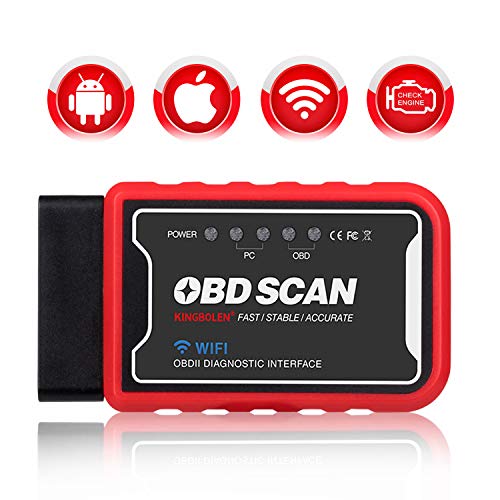
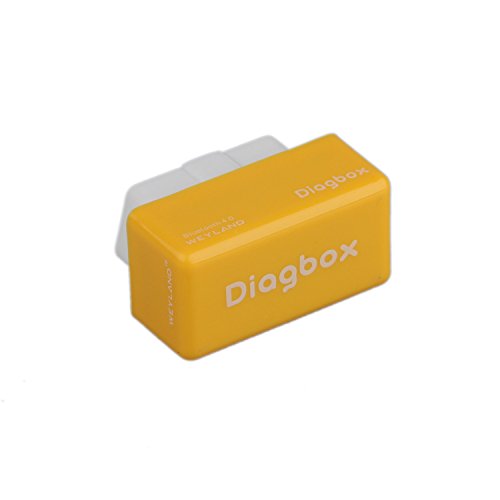
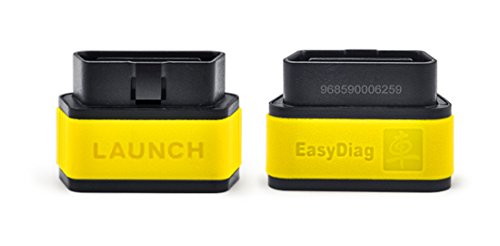
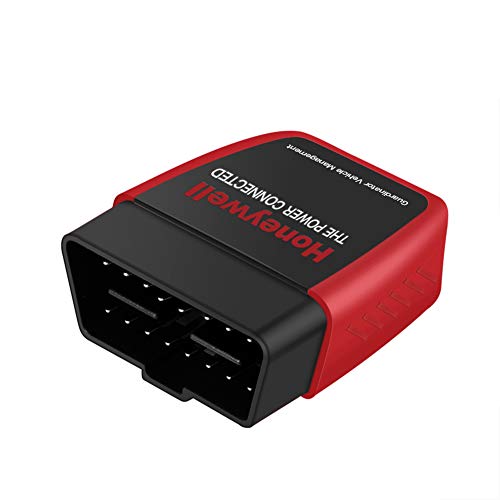
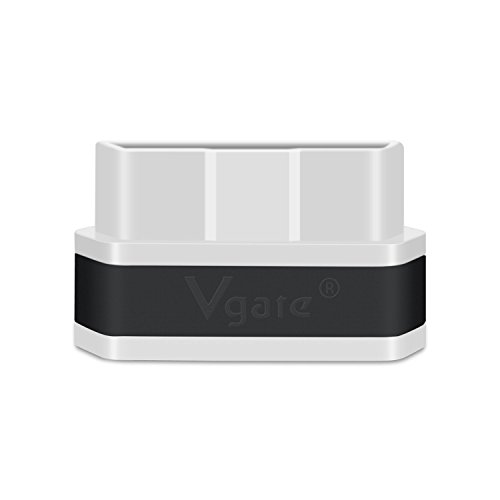
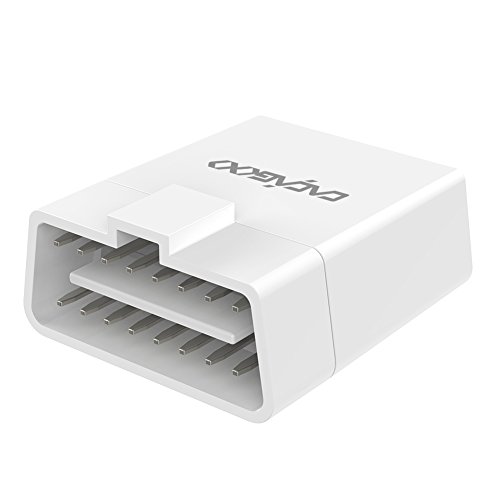
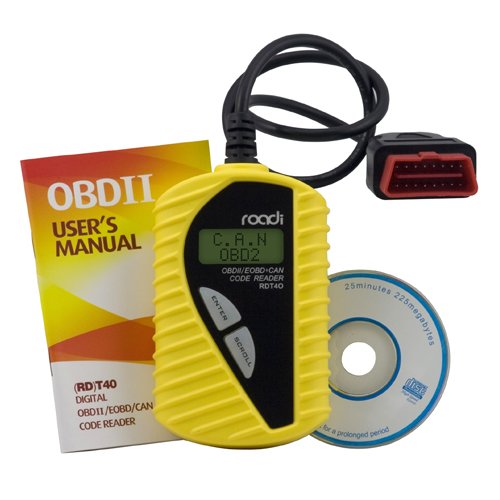
 Affordable, Reliable Handheld Automotive Diagnostics
Affordable, Reliable Handheld Automotive Diagnostics

Comments